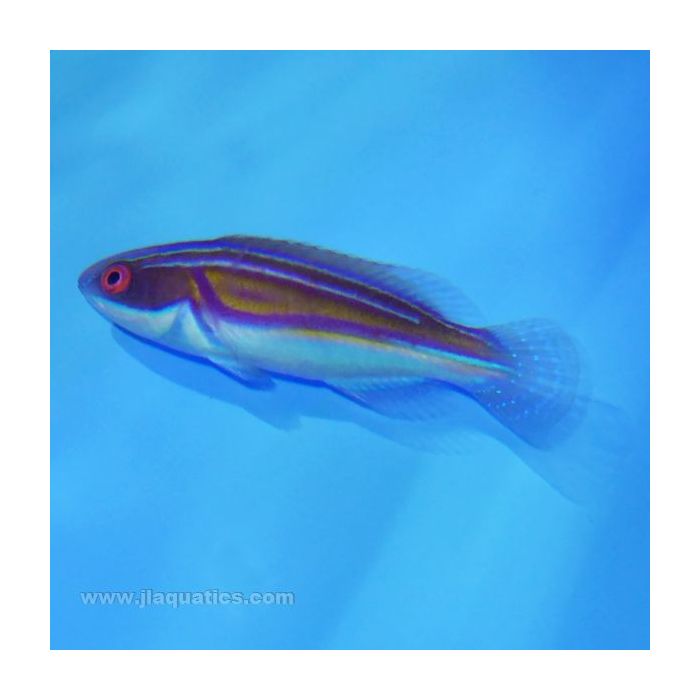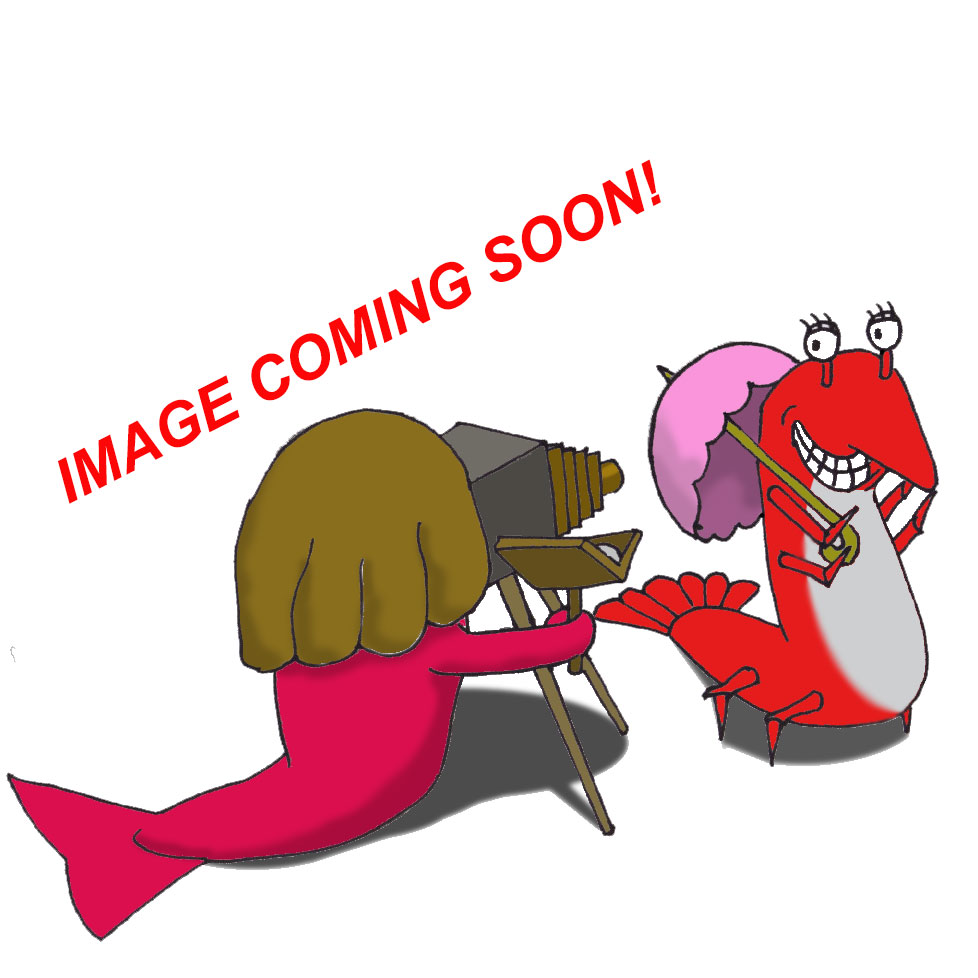Labouti Fairy Wrasse (Australia)
Wrasses are prone to jumping from the aquarium when startled or excited so we recommend a secure lid. They feel most secure when there is plenty of live rock to hide in, as well as open space for swimming. Most species may be kept in pairs or harems as long as they are added together or females first. They do not appreciate living with other species of wrasse, so any aquarium with several species must be large enough and the most peaceful species added first.
They should be fed two to three times a day plenty of high quality meaty items, frozen Mysis shrimp, krill, chopped seafood, marine algae and Spirulina.
Fairy wrasses are easy to keep and have active personalities. They are safe with most invertebrates except small shrimp and crabs. They do not bother corals or anemones. They may bully smaller fish such as flasher wrasses, however most are not big enough to live with large or very aggressive fish, either. Most species can be kept together in systems at least 100 gallons, with the most peaceful species added first.
At night time fairy wrasses hide in the rockwork and wrap themselves in a mucus cocoon to hide their scent from predators. This cocoon may be visible in the morning, and will soon dissipate into the water, and a new cocoon created each night.
Incredible colors cover the Labouti wrasse from nose to tail. It is overall bright ruby red with deeper scarlet stripes highlighted with electric yellow arching behind its head to trail along its flank. Its belly is lavender and its throat stark white. Its fins are adorned with glittering speckles of sapphire blue like flecks of precious jewels. Females are a deep garnet with thin electric blue stripes along their sides, white bellies and a dark spot near the base of the tail. It may by shy initially but grows more aggressive in time. It is uncommonly imported from Vanuatu, near Australia. It grows up to 5 inches and needs an aquarium at least 70 gallons.
















